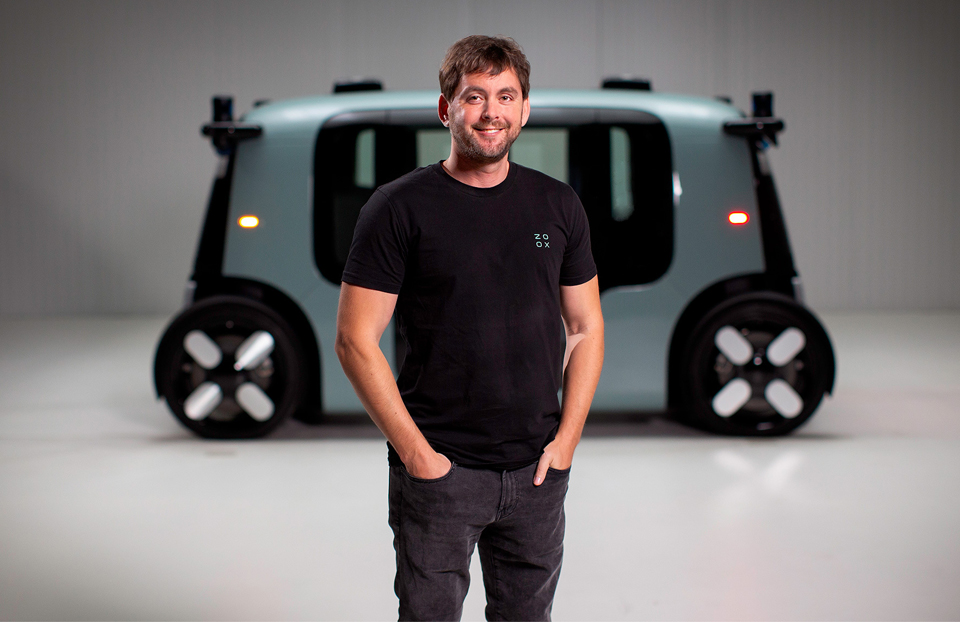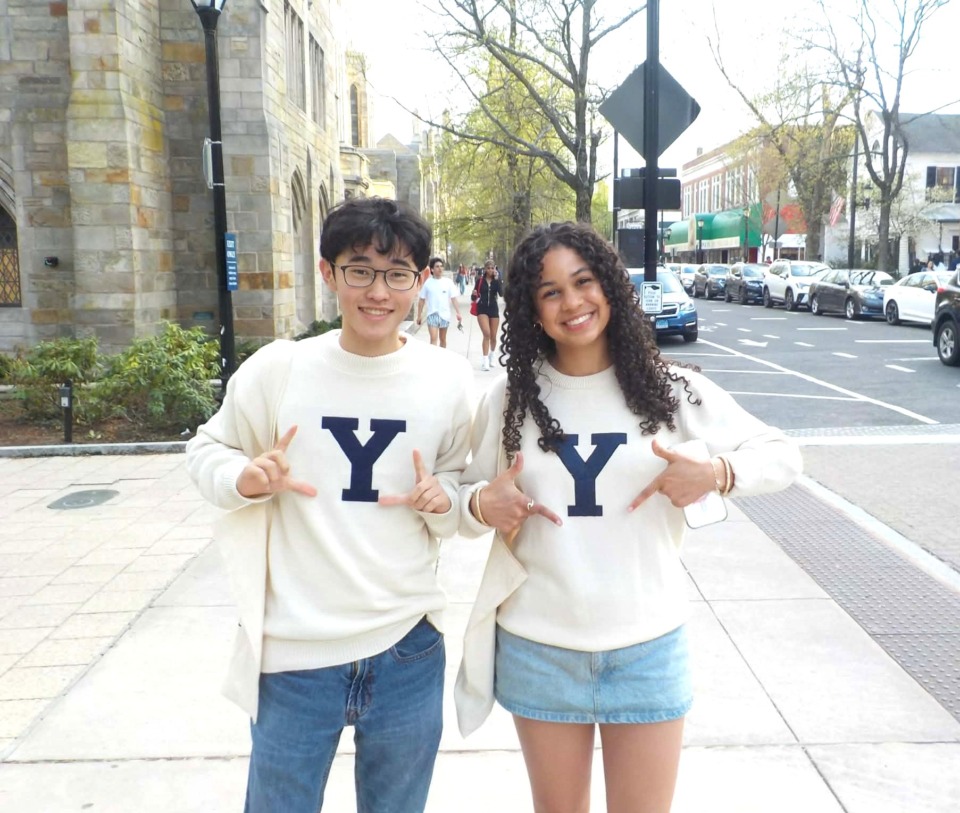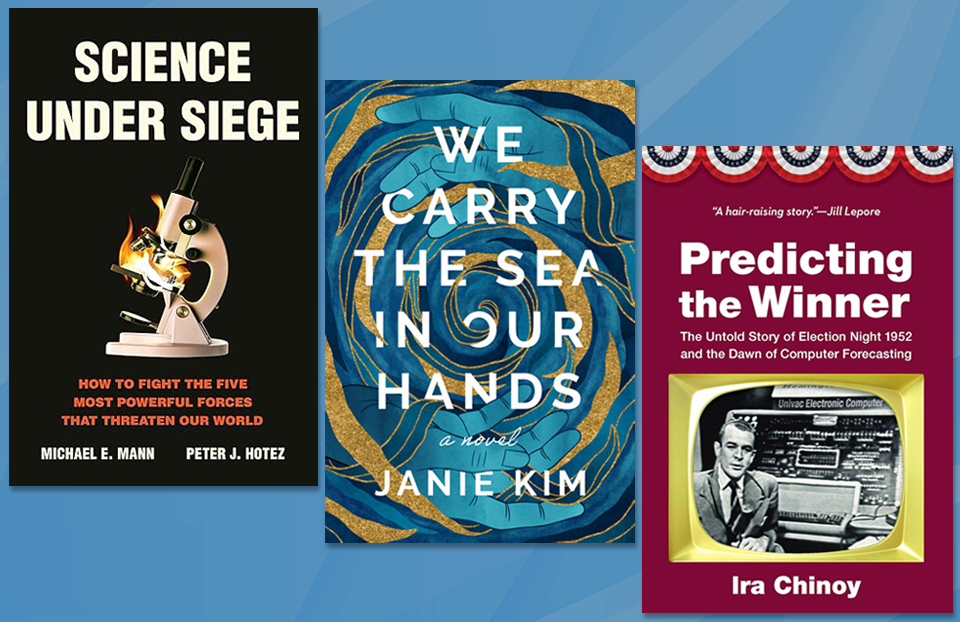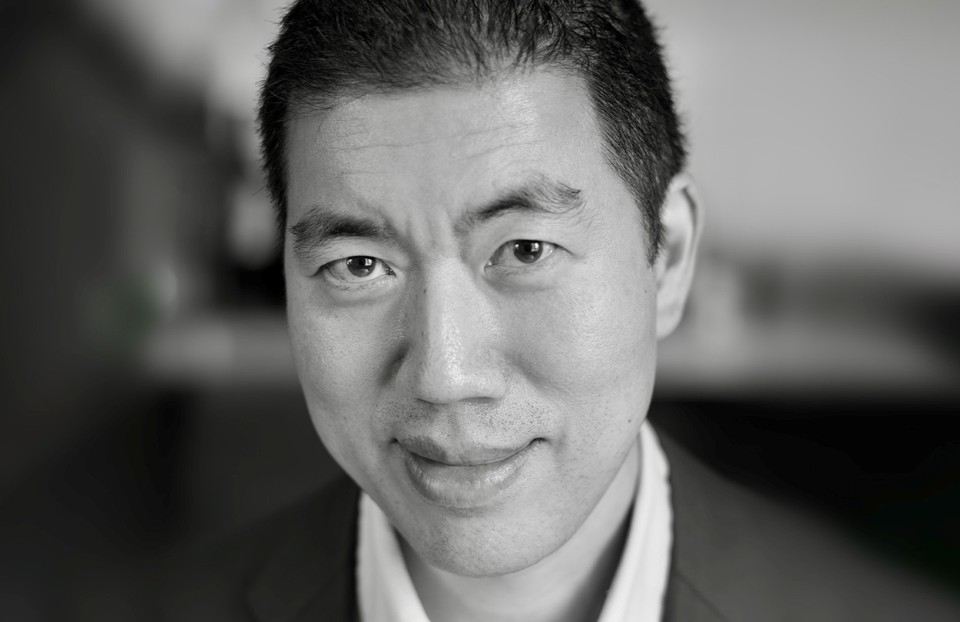Society alum revving towards future autonomous vehicles

Society for Science hosts Signature Symposium events throughout the year to have conversations about emerging technologies and inventions from distinguished alumni.
This past summer, Maya Ajmera, President and CEO of Society for Science and Executive Publisher of Science News, spoke with Jesse Levinson (ISEF 2000), Co-Founder and CTO of Zoox. The conversation explored the possibilities for future travel using AI technology.
Before discussing Zoox, Maya and Jesse briefly talked about his ISEF project, “Computer Simulated Evolution of Behavior,” which earned him a Grand Award in the psychology category. The project explored how different personalities coexist; who cooperates, who looks out for themselves and what happens when traits collide.
“Perhaps I did end up picking something very complicated,” Jesse says. “But what motivated me was working on a project where you can draw inspiration from different STEM fields, put it together, and hopefully end up with something that makes sense. That approach has guided me in my career.”
Jesse is not only a Society alum but also a Princeton grad, where he explored the early conversations around AI. At Stanford, Jesse completed his Ph.D. and postdoctoral training in computer science. He was part of a team that developed algorithms for the 2007 DARPA Urban Challenge, a high-profile competition for American autonomous vehicles. This challenge kick-started Jesse’s passion for self-driving vehicles and his career in the field.
“I want to work on interesting things that can benefit society,” Jesse says.
Once Jesse and his early team decided to pursue the challenge of creating an autonomous vehicle, he quickly realized that engineering a completely new kind of vehicle built around the rider and an AI driver was the best way to solve for autonomy. When they began to design the robotaxi, the team didn’t start with a car and strip away the driver controls—they started with a question: what should a vehicle look like if it were built entirely around the rider? This meant rethinking every assumption in automotive design.
What they created was unlike anything else on the road: a bi-directional robotaxi that looked more like a modern carriage than a traditional passenger vehicle. The robotaxi’s carriage-style seating fosters a more social and comfortable experience, and the “purpose-built” approach enables the robotaxi to be safer, cleaner and more enjoyable.
In 2020, Amazon acquired Zoox, investing in the company’s vision of purpose-built robotaxis to transport people around cities. The vehicles are designed to transform personal transportation in cities and enhance safety for all road users.
“We have a third of cities as parking lots—that’s kind of wasteful,” Jesse says. “We’d love to help cities get better in those ways.”
Zoox’s AI driving system is built on three parts: perception, prediction and planning, all interconnected to act in real time at a high speed. Jesse says that Zoox is not only creating a robust AI decision-making process backed by lots of data, but they are also quantifying that data to build public trust in this vehicle.
They have collected millions of data points, simulating every risk they (and AI) can think of, aiming for a vehicle that’s safer for riders and other road users. While humans often drive in rural and suburban areas, Zoox focuses on dense urban environments.
“Our robotaxis are now driving in San Francisco and Las Vegas,” Jesse says. “If we solve the hardest problems first, it’s easier to expand to suburbs over time.” Zoox is currently operating its service in Las Vegas and will soon expand to San Francisco. It is also testing in Seattle, Austin, Miami, Los Angeles, Washington, D.C. and Atlanta.
Jesse reflected on the impact of the Society’s competitions, “You’re probably not going to change the world at 14 or 15, but you can get a taste of it. You can start practicing, and I’m so glad the Society is continuing to enable that.”
You can watch this Signature Alumni Symposium on our YouTube channel. Looking for ways to support Society for Science? Join the Society’s online alumni network.


